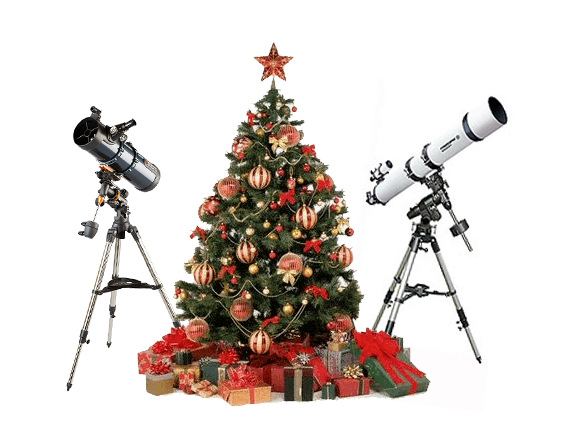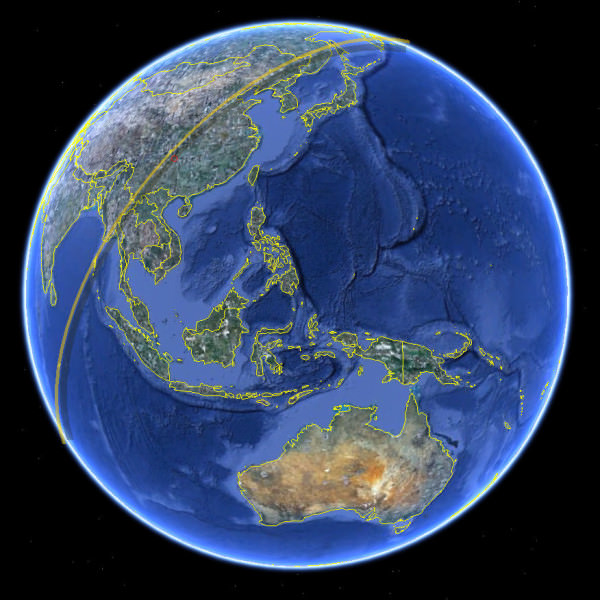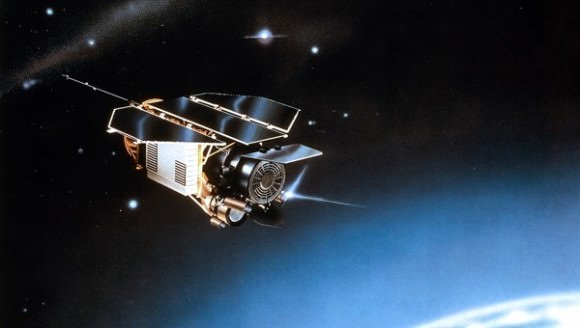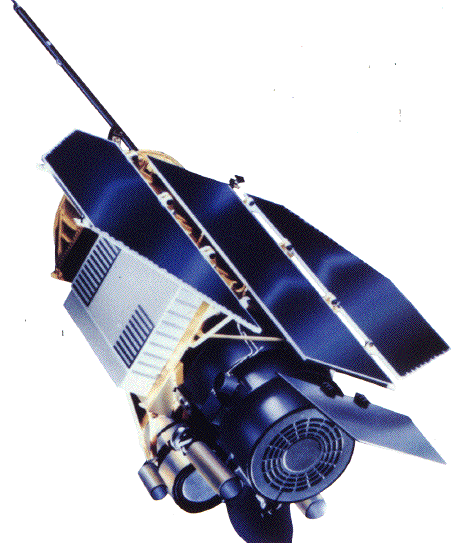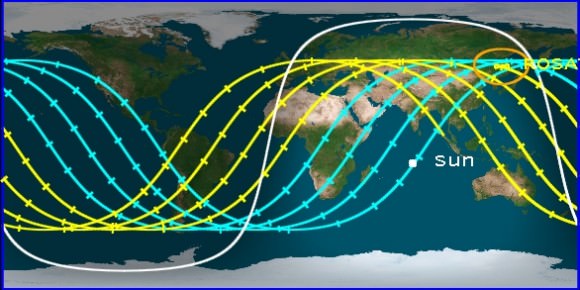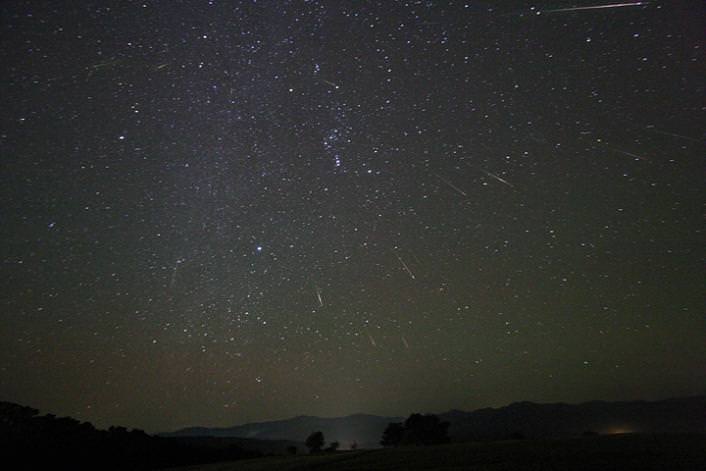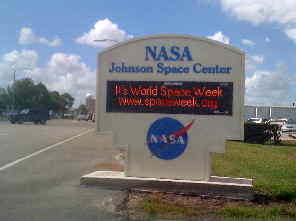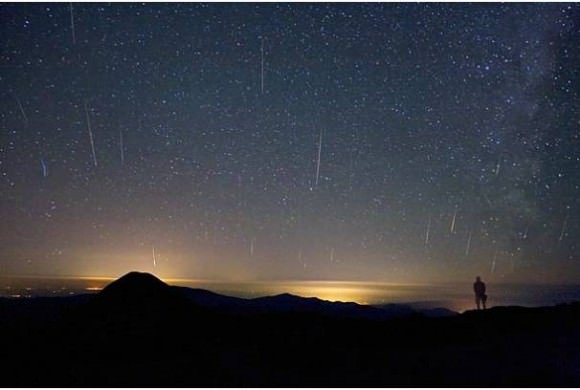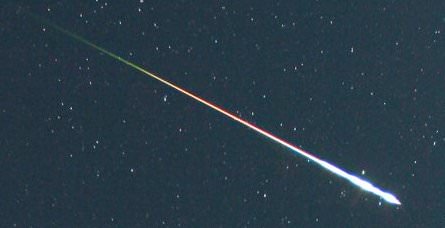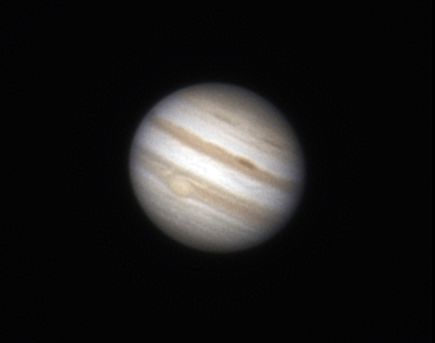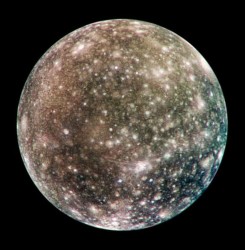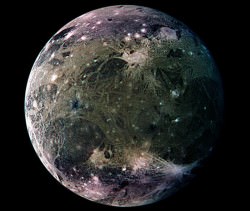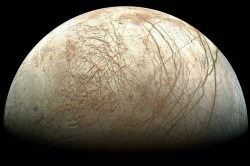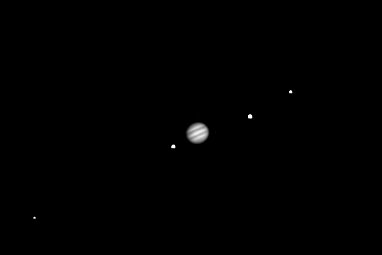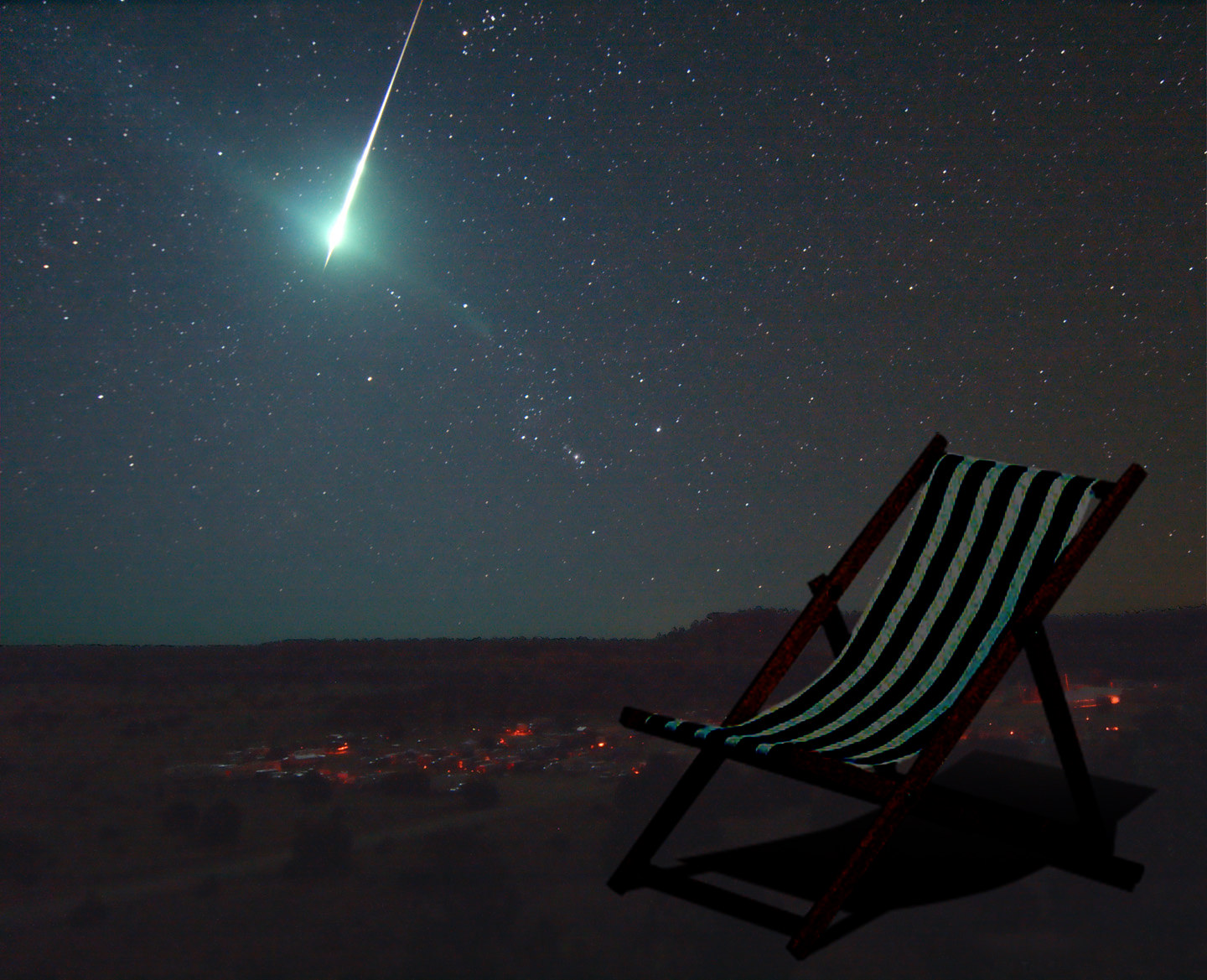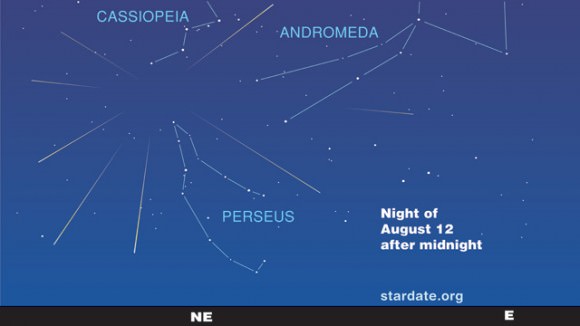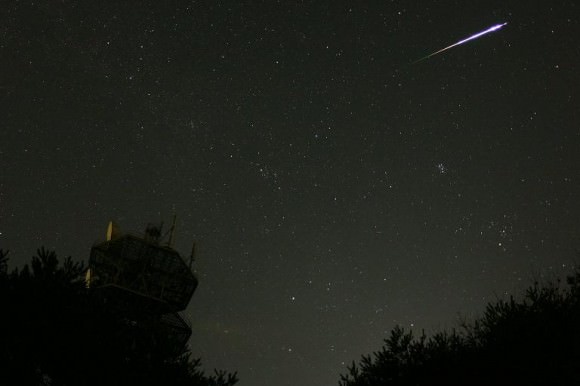The holidays are fast approaching, and you may be looking for gift ideas for your friends, loved ones and even yourself. Are you considering buying a telescope this year?
There are many different types of astronomical telescope available on the market and for the beginner, selecting one can be a bewildering experience. Before buying a telescope it is important to ask yourself: What objects do you want to see through your new telescope and how much can the person buying it afford to pay?
Not all telescopes are the same nor do they give the same results. Many amateur astronomers have two or more different telescopes for different types of observing, but there are some which offer a good compromise and most objects can be seen through them.
Once you have decided on the telescope’s main purpose and what you want to see through it, choosing one can become much easier. With the exception of the Moon, planets and close star clusters, interesting night sky objects are faint; in fact most will appear as just points of light. As a new observer you may be mainly interested in viewing the Moon and planets, and if this is the case, a telescope with a small objective (primary mirror or lens) may be sufficient.
Most observers quickly graduate to galaxies, nebulae, globular clusters, open clusters etc. To view these objects you will require a telescope with the largest aperture that is possible for your circumstances, which includes things like cost, weight, portability, etc.
Below are the 3 main types of telescope worth considering as a beginner:
Newtonian reflector telescopes are a popular choice for astronomical use because they have the lowest cost per inch of aperture. Observations of faint deep sky objects, such as Galaxies and Nebulae, can be achieved at a relatively reasonable cost by reflectors with mirror diameters of 150 to 200mm (6 to 8 inches).

Refractor telescopes are good for achieving high power and contrast when viewing the planets and the moon. They have a reputation of providing crisp, sharp-quality images. Since they are virtually maintenance free, they are easy to operate, but due to high costs for the large aperture scopes, most beginners will choose a Newtonian reflector as a first scope for all round astronomy. Short-tube refractors are now another low cost option for beginners. Their smaller size makes them an excellent choice for a portable telescope and the beautiful wide-field star vistas which they provide are great for learning your way around the night sky.
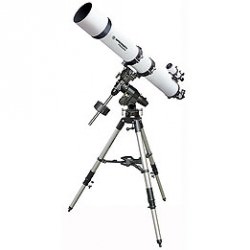
Dobsonian Telescopes are one of the best choices for a general telescope and have many advantages including simplicity, economy and large light gathering ability. Dobsonians are actually large Newtonian telescopes on a simple manual Alt/ Az (Up, down, side to side) mount. Due to the mount and optical tube assembly being so simple, Dobsonian telescopes are the most economical on a cost per inch basis. This enables massive apertures being made affordable, bringing fainter objects within the grasp of the amateur and usually well within budget with mirror diameters from 150mm to 400mm (6 to 16 inches) or much larger.
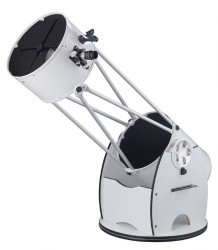
Another consideration when choosing a telescope is the mount – the part the optical tube assembly sits on. Usually a tripod with a head containing manual or motorised controls, which point the telescope and track an object observed.
The three main types are:
Equatorial – Usually found paired with all telescopes apart from Dobsonians. Equatorial mounts enable the telescope to follow the rotation of the sky with on axis parallel to the Earth’s axis of rotation. They can also be used in a basic manual mode which can be manually moved by hand in the Altitude (up/down) and Azimuth (left/right) axis. Many higher end mounts have computers and GoTo systems incorporated which are almost essential for astrophotography.
Hand operated Manual Alt/ Az (Altitude/ Azimuth) – Usually found on very cheap or small telescopes, Dobsonian telescopes, binocular mounts and photographic tripods. Simple and easy to use, however they do not track objects across the sky.
GoTo or Computerised – Found on many mid to high range telescopes of all sizes and extremely popular with astrophotographers and imagers. Unfortunately many beginners are drawn to the sexy marketing of scopes that are computerised and this can be an expensive mistake. Personally I believe it to be better to use manually guided telescopes when starting out instead of jumping in straight away with computerised ones. It is much better to concentrate on good optics and a solid mount rather than waste lots of money on often complicated and unnecessary electronics. For more info on mounts and GoTo Systems see the Beginners Guide to GoTo
Hopefully this guide has given you more insight into the complicated world of telescopes, and enable you to make a better decision when buying your new telescope. Your new purchase should be one that you can enjoy and get the most out of for many years.

